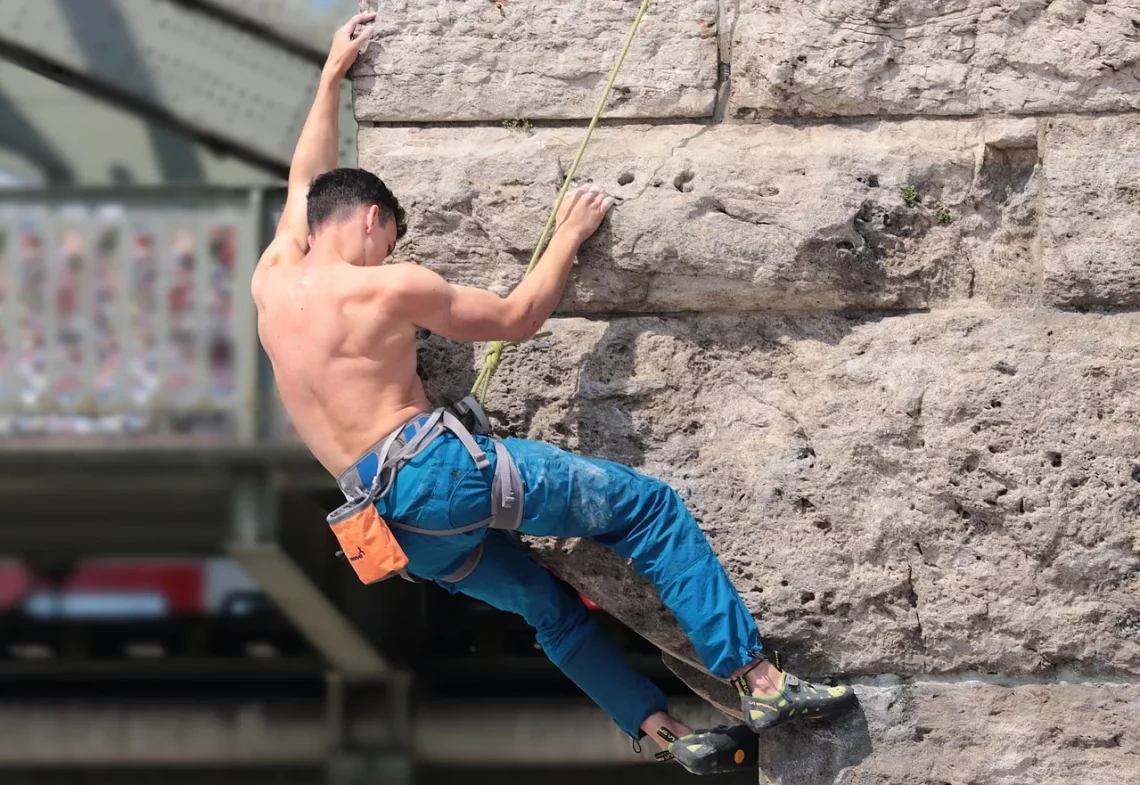
The Strength and Care Behind Rock Climber Hands
Rock climbing is a thrilling adventure that attracts enthusiasts from all walks of life. The sport combines physical strength, mental acuity, and an intimate connection with the natural world. Whether scaling sheer rock faces or navigating complex bouldering problems, climbers rely heavily on their hands. The dexterity and resilience of a climber’s hands are not merely products of chance; they are the result of rigorous training and a deep understanding of body mechanics. As climbers ascend, their hands endure an array of stresses, from gripping small holds to pulling against gravity.
The hands of rock climbers are often a reflection of their dedication and experience. They showcase not only strength and endurance but also a unique story of each climb. Over time, climbers develop calluses and skin toughness, which are essential for protecting against abrasions. At the same time, maintaining hand health is crucial to prevent injuries. This intricate balance between strength and care is what allows climbers to push their limits while enjoying the sport they love. In this article, we will explore the various aspects that contribute to the strength and care of rock climber hands.
The Anatomy of a Climber’s Hand
Understanding the anatomy of a climber’s hand is essential to appreciate the strength required for the sport. The human hand comprises 27 bones, numerous ligaments, tendons, and muscles that work in unison to provide flexibility and power. The fingers are particularly crucial for climbing, as they allow for precise movements and gripping of various holds.
The fingers are divided into three segments: the proximal, middle, and distal phalanges. Each segment plays a role in gripping and pulling, with the distal phalanx being where the fingernail is located. The thumb, with its unique opposable structure, provides additional grip strength and stability. Many climbing holds require the use of pinch grips, which engage the thumb and fingers simultaneously, showcasing the hand’s dexterity and strength.
In addition to the bones, the tendons within the hands are vital for movement. Flexor tendons allow for the curling of the fingers, while extensor tendons enable finger extension. Climbers often develop strong flexor muscles, which are crucial for gripping holds. However, overuse of these muscles can lead to injuries such as tendonitis, making it essential for climbers to balance strength training with proper care.
Moreover, the skin on a climber’s hands undergoes significant wear and tear. Calluses form as a protective mechanism against abrasions, but too much callusing can lead to cracking and injury. Understanding how to care for the skin while still developing strength is a fine line that every climber must navigate. This intricate anatomy of the hand plays a pivotal role in a climber’s performance and endurance, making it crucial for climbers to recognize and respect their body’s limits.
Training Techniques to Strengthen Hands
To perform at their best, climbers must engage in targeted training that strengthens their hands and fingers. Various techniques and exercises can be employed to develop grip strength, finger dexterity, and overall hand endurance.
One popular training tool is the fingerboard, which allows climbers to practice gripping various sized holds. By hanging from different grips, climbers can focus on building strength in specific muscles and tendons. It’s essential to start with easier holds and gradually progress to more challenging grips to avoid injury. Consistent training on a fingerboard can significantly enhance a climber’s ability to tackle difficult routes.
Another effective method is the use of climbing-specific grips, such as pinch blocks or slopers. These tools mimic real climbing holds and help climbers build functional strength. Using a combination of open-hand and closed-hand grips can create a well-rounded training regimen, targeting all the muscles in the forearm and hand.
Additionally, incorporating exercises like dead hangs, where climbers hang from a bar or hold for a set duration, can improve grip endurance. It’s crucial to pay attention to body mechanics during these exercises to prevent strain. Climbers should also integrate rest days into their training routine to allow the muscles and tendons to recover, reducing the risk of overuse injuries.
Incorporating flexibility training for the fingers and wrists is also essential. Stretching exercises can enhance mobility, ensuring that the hands remain agile and responsive during climbs. Yoga and specific hand stretch routines can significantly contribute to overall hand health, enabling climbers to maintain the flexibility needed for dynamic movements.
Caring for Your Climber’s Hands
While building strength is vital, caring for climber’s hands is equally important to prevent injuries and maintain performance. Climbers often face challenges such as skin abrasions, calluses, and tendon strain. Proper care routines can help mitigate these issues and ensure long-term climbing success.
Firstly, regular maintenance of the skin on the hands is crucial. After climbing, it’s essential to clean the hands to remove chalk and grime that can cause skin irritation. Following a cleaning routine, applying a moisturizer can help keep the skin supple and prevent cracking. Specialized climbing balms or creams are available that hydrate while also providing protection against the elements.
Managing calluses is another critical aspect of hand care. While calluses can be beneficial by providing a protective barrier, overly thick calluses can become problematic. Climbers should monitor their calluses and use a pumice stone or callus file to maintain an even thickness. This practice helps prevent tears and injuries that can hinder climbing performance.
In addition to skin care, monitoring hand health for signs of strain or injury is paramount. Climbers should listen to their bodies and take breaks when necessary. If pain or discomfort arises, it may be a sign of overuse or an impending injury. Rest, ice, and elevation are effective methods to alleviate discomfort. If pain persists, seeking advice from a medical professional is crucial to ensure proper healing.
Stretching and strengthening exercises should also be integrated into a climber’s routine to support hand health. Regularly stretching the fingers and wrists can enhance flexibility and prevent stiffness. Engaging in hand-strengthening exercises can bolster the muscles around the tendons, offering additional support during climbs.
Conclusion: The Balance of Strength and Care
The hands of rock climbers are a testament to their dedication, strength, and passion for the sport. They symbolize the countless hours spent training, the challenges faced on various climbs, and the resilience required to conquer difficult routes. However, this strength does not come without a need for care.
Climbers must strike a balance between building hand strength and ensuring proper hand health. Understanding the anatomy of the hands, employing effective training techniques, and maintaining a diligent care routine are all critical components of a climber’s journey. By taking the time to cultivate this balance, climbers can enjoy the sport they love without compromising their physical well-being.
Ultimately, the strength and care behind rock climber hands reflect the commitment and respect climbers have for both their sport and their bodies. As they navigate the challenges of climbing, their hands become not just tools for ascent but symbols of their grit and determination in the face of gravity.
*Disclaimer: This article is for informational purposes only and should not be considered medical advice. Always consult a healthcare professional for any health-related concerns.*




